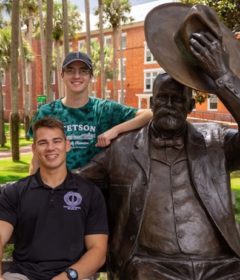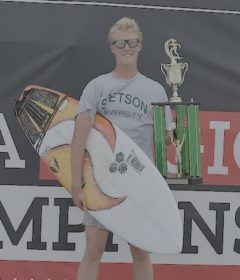BSA Ball: Black Student Association Creates Motown Magic
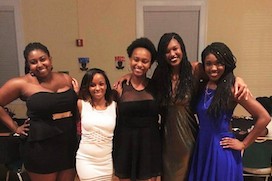
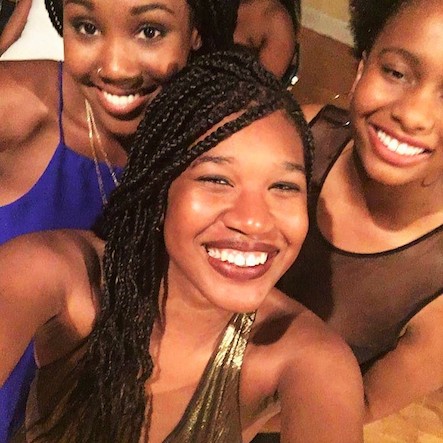
Stetson’s Black Student Association (BSA) took a step back in time and transformed the ordinary Stetson Room into a 1960s night club, complete with doo-wop music and black and gold records for the annual BSA Ball last month.
Annually, BSA hosts a ball, where students and faculty, both members and non-members, are invited to celebrate a facet of black culture at the close of Black History Month.
“It presents an opportunity for cultural credit where we all can enjoy each other’s company as well as an opportunity for the Stetson community to learn about an important era in black history,” said Trinity Johnson, president of the BSA.
Last years’ ball had the theme of ‘Harlem Renaissance,’ and students performed black poetry and jazz singing, educating attendees about their impact on black culture.
This year, students and faculty were brought together to honor the history of modern music’s greatest influence—Motown.
Like the Jazz Age, Motown music reached its peak during a tumultuous period in American history.
However, while cornerstone black jazz musicians often reflected on the lamentations of racism in the 1940s, the 1960s civil rights movement inspired hope in songs, replacing the blues with Motown magic.
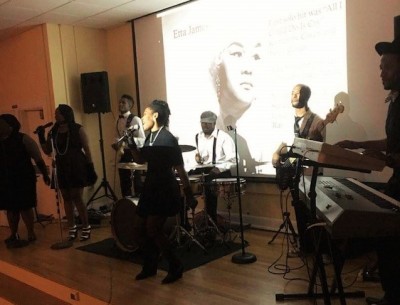
BSA sought to capture that hopefulness, not through the usual praise dance and spoken word of past balls, but through a Motown celebration, deviating from their traditional sit-down dinner format.
Instead, the event featured The Vibe Band, a local DeLand band, popular for its distinct R&B sound as well as the members’ community engagement. They recaptured their Motown roots by performing songs recorded by The Temptations, Jackson 5, Stevie Wonder, Smokey Robinson and more. Attendees were invited to eat Stetson catered food–buffet style–and then take to the dance floor, showing that generation could “get down” with the very best.
“It was important for students to feel what the culture was back in the ’60s and ’70s, and to get an understanding of the music,” said Regine Hill, vice president of BSA. “The music gave listeners perspective.”
Motown musicians often played a vital role as civil rights activists. “Many of those artists made sure wherever they performed was desegregated,” said Johnson. “They wanted to be represented on a national stage and be respected.”
Because of the audience diversity, Motown music provided an opportunity for black artists to send a message to the white community.
“It was a stepping stone for black artists to speak—through their music,” Hill said. This year’s ball aimed to do the same by limiting the amount of formal lecture. “We let our outfits speak,” said Hill. “We let the music do its talking.”
While the band performed, a slide show of iconic photos and facts about Motown music simultaneously played, so the audience could understand the context of the songs they danced to.
“It was an opportunity for cultural credit where we all could enjoy and learn,” said Johnson.
We hope those who weren’t able to attend this year’s event, will attend next year.
In other words, said Hill, “It was groovy.”
For information on The Vibe Band please visit https://www.facebook.com/thevibeband1/info.
by Veronica Faison


